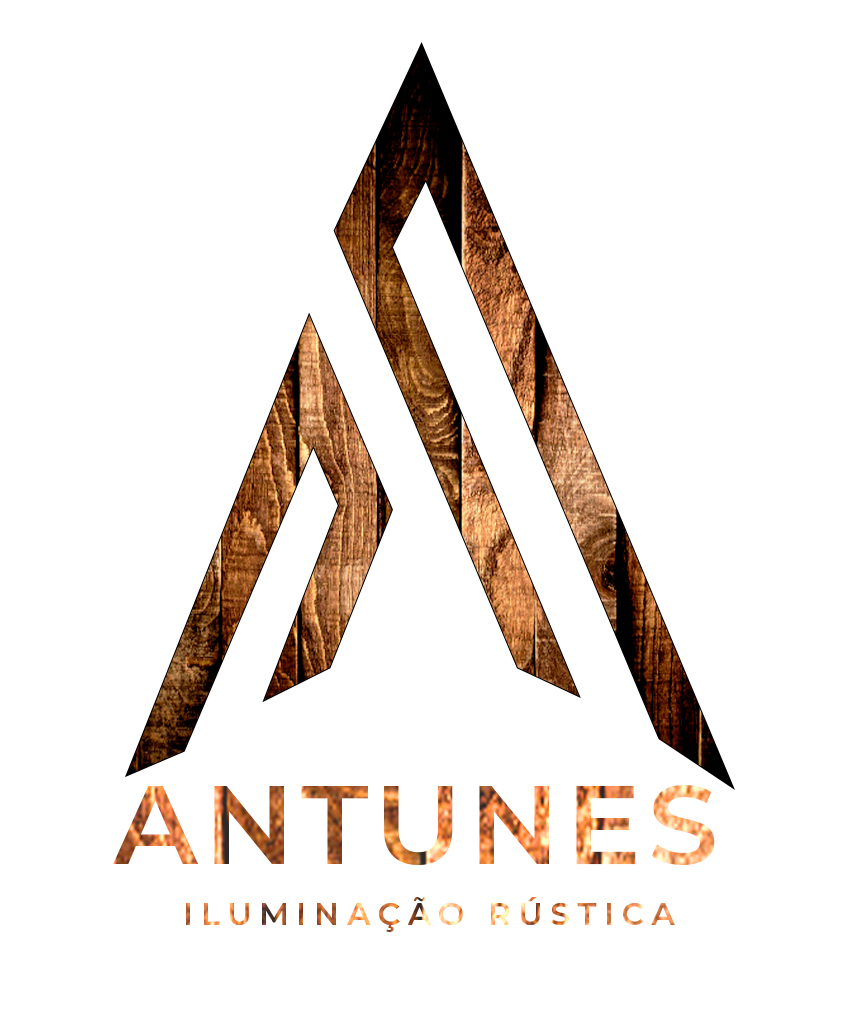The Nile’s Flooding and Ancient Symbols of Protection
Throughout human history, symbols have served as powerful carriers of cultural, spiritual, and protective meanings. These symbols often emerge from natural phenomena that shaped ancient peoples’ understanding of their world. Among these phenomena, the annual flooding of the Nile River stands out as a catalyst for the development of complex religious beliefs and protective symbols in ancient Egypt. This article explores how natural cycles like the Nile flood inspired symbols of protection and how these symbols continue to influence modern culture and spirituality.
Table of Contents
- The Nile’s Flooding: Nature’s Cyclical Force and Its Cultural Impact
- Ancient Symbols of Protection: Origins and Meanings
- The Eye of Horus: An Archetype of Protection and Restoration
- The Anatomy and Symbolism of the Eye of Horus
- The Ancient Craftsmanship Behind Protective Symbols
- Broader Cultural Symbols of Protection: The Ankh and Others
- The Living Embodiment of Divine Power: The Pharaoh as a Protective Entity
- From Ancient to Modern: The Enduring Power of Symbols of Protection
- Conclusion: The Interplay of Natural Cycles, Myth, and Symbols in Human Culture
The Nile’s Flooding: Nature’s Cyclical Force and Its Cultural Impact
The annual inundation of the Nile River, known as the Nile flood, was fundamental to ancient Egyptian civilization. Occurring typically between June and September, this flood deposited nutrient-rich silt onto the floodplains, enabling the Egyptians to cultivate crops and sustain their society. Unlike unpredictable floods elsewhere, the Nile’s cycle was remarkably predictable, which fostered a sense of divine order and stability.
This natural cycle deeply influenced Egyptian worldview and religious beliefs, leading them to perceive the Nile as a divine gift. The flood symbolized renewal, fertility, and a cosmic cycle of death and rebirth. In myth, the inundation was seen as a manifestation of the gods’ will, reinforcing the idea that natural phenomena were intertwined with divine protection and order.
The perception of the Nile’s flood as a divine act of renewal is a central theme in Egyptian symbolism, inspiring ideas of protection against chaos—the destructive forces that could threaten societal stability. This connection highlights how natural cycles can influence spiritual concepts, which in turn inform the creation of protective symbols that embody divine power and safeguard communities.
Ancient Symbols of Protection: Origins and Meanings
Throughout history, symbols have played a crucial role in safeguarding individuals and entire communities. In ancient Egypt, protective symbols often reflected divine authority, fertility, and a safeguard against chaos or harm. These symbols served as tangible manifestations of divine power, believed to invoke protection when worn, displayed, or embedded into objects.
Common themes in these symbols include references to divine power, natural cycles, and the human desire for stability and security. For example, many Egyptian amulets incorporated motifs inspired by natural phenomena, such as the sun, lotus, or the Nile flood, linking the protective power of the divine to the forces of nature.
This connection illustrates how natural events like the Nile flood influenced the development of protective symbols, which aimed to harness divine favor and shield individuals from chaos and harm—principles that remain relevant in spiritual practices today.
The Eye of Horus: An Archetype of Protection and Restoration
Among the most iconic Egyptian symbols of protection is the Eye of Horus. Rooted in myth, this symbol represents the eye of the falcon-headed god Horus, a deity associated with kingship, protection, and healing. According to legend, Horus lost his eye in a battle with Set, the god of chaos, but it was restored by magic, symbolizing healing and wholeness.
The Eye of Horus became a powerful amulet, believed to ward off evil, protect the wearer, and restore health. Its widespread use in jewelry and funerary objects underscores its significance as a universal emblem of divine protection and renewal.
Modern interpretations often see the Eye of Horus as a symbol of health, safety, and spiritual well-being. Its enduring appeal illustrates how ancient protective symbols continue to resonate in contemporary culture, serving as timeless reminders of divine guardianship.
The Anatomy and Symbolism of the Eye of Horus
Visually, the Eye of Horus comprises several distinct elements, each with specific symbolic meanings. The curved line representing the eyebrow symbolizes thought, while the straight line extending from the eye signifies smell. The markings beneath the eye are believed to represent the markings of a falcon, the sacred bird of Horus, and the stylized teardrop shape is associated with healing and protection.
The myth of Horus’s lost and restored eye encapsulates the symbol's core message: protection, healing, and renewal. When Horus’s eye was injured, it represented vulnerability, but its subsequent restoration embodied resilience and divine power to heal and safeguard.
Today, the Eye of Horus is widely used as a protective symbol in jewelry, tattoos, and spiritual practices. Its universal appeal lies in its archetypal message—reminding us of the importance of safeguarding health and well-being in our lives.
The Ancient Craftsmanship Behind Protective Symbols
Creating protective amulets like the Eye of Horus involved meticulous craftsmanship and specific materials that imbued objects with spiritual power. Ancient artisans used carbon black obtained by burning wood or other organic materials, combined with gum arabic to create durable inks and pigments suitable for inscribing symbols onto various surfaces.
The craftsmanship extended beyond mere aesthetics; it was believed that the precise materials and methods used could enhance the spiritual efficacy of these objects. Artisans often worked within sacred contexts, aiming to embed divine energy into their creations, which were then used in daily life or burial rituals to invoke protection and health.
This dedication to craftsmanship ensured that these symbols remained potent and sacred, passing down through generations as enduring talismans of divine protection.
Broader Cultural Symbols of Protection: The Ankh and Others
Beyond the Eye of Horus, ancient Egypt employed other potent symbols of protection and life, such as the ankh. The ankh, resembling a cross with a loop at the top, symbolizes eternal life, fertility, and divine blessing. It was often carried by deities and pharaohs, emphasizing their divine authority and protective power.
Some symbols combined male and female elements, reflecting the integration of fertility and protection. For instance, the combination of the ankh with the djed pillar or the lotus flower represented a holistic approach to safeguarding life and vitality.
Similar protective symbols appear in other civilizations, such as the Greek hygieia (serpent staff) or the Chinese taijitu (yin-yang symbol), illustrating universal human efforts to harness divine or natural forces for protection.
The Living Embodiment of Divine Power: The Pharaoh as a Protective Entity
In ancient Egypt, the pharaoh was considered the earthly embodiment of divine authority, often equated with Horus himself. As a living symbol of divine protection, the pharaoh’s regalia and rituals reinforced their role as guardians of cosmic order and societal stability.
Rituals, inscriptions, and regalia—such as the crown and ceremonial jewelry—served to project divine power and safeguard the nation. These symbols of authority were believed to channel divine protection, much like the protective amulets worn by individuals.
This legacy of divine protection, rooted in symbols like the Eye of Horus, persists today in the symbolism of leadership and authority, illustrating how ancient ideas of divine guardianship continue to influence modern notions of protection and power.
From Ancient to Modern: The Enduring Power of Symbols of Protection
The influence of ancient symbols like the Eye of Horus extends into modern design, spirituality, and popular culture. These symbols appear in jewelry, tattoos, art, and even digital iconography, serving as visual reminders of protection, health, and divine guardianship.
For those interested in exploring symbolic protection further, online platforms offer engaging ways to understand and incorporate these symbols into personal practices. For example, a look at the 96.31% RTP of a game can be seen as a modern reflection of seeking favorable outcomes—mirroring ancient pursuits of divine favor and protection.
Psychologically, symbols of protection provide reassurance and a sense of control amid uncertainty. Culturally, they serve as links to our ancestors' understanding of natural cycles and divine forces, illustrating the timeless human desire for safety and stability.
Conclusion: The Interplay of Natural Cycles, Myth, and Symbols in Human Culture
Natural phenomena such as the Nile’s flood have profoundly shaped human symbols of protection. These symbols encapsulate our ancestors’ attempts to harness divine power, ensure societal stability, and foster resilience in the face of chaos. From the myth of Horus’s eye to the enduring symbolism of the ankh, the core idea remains clear: natural cycles inspire spiritual concepts that serve as shields against harm.
Today, these ancient symbols continue to resonate, offering cultural continuity and personal reassurance. Exploring and understanding their origins can deepen our appreciation for the universal human quest for safety, health, and divine protection. Whether in historical artifacts or modern representations, symbols like the Eye of Horus exemplify timeless principles that remain relevant in our lives.
"Symbols connect us to the divine forces of nature, offering protection and renewal across millennia."


